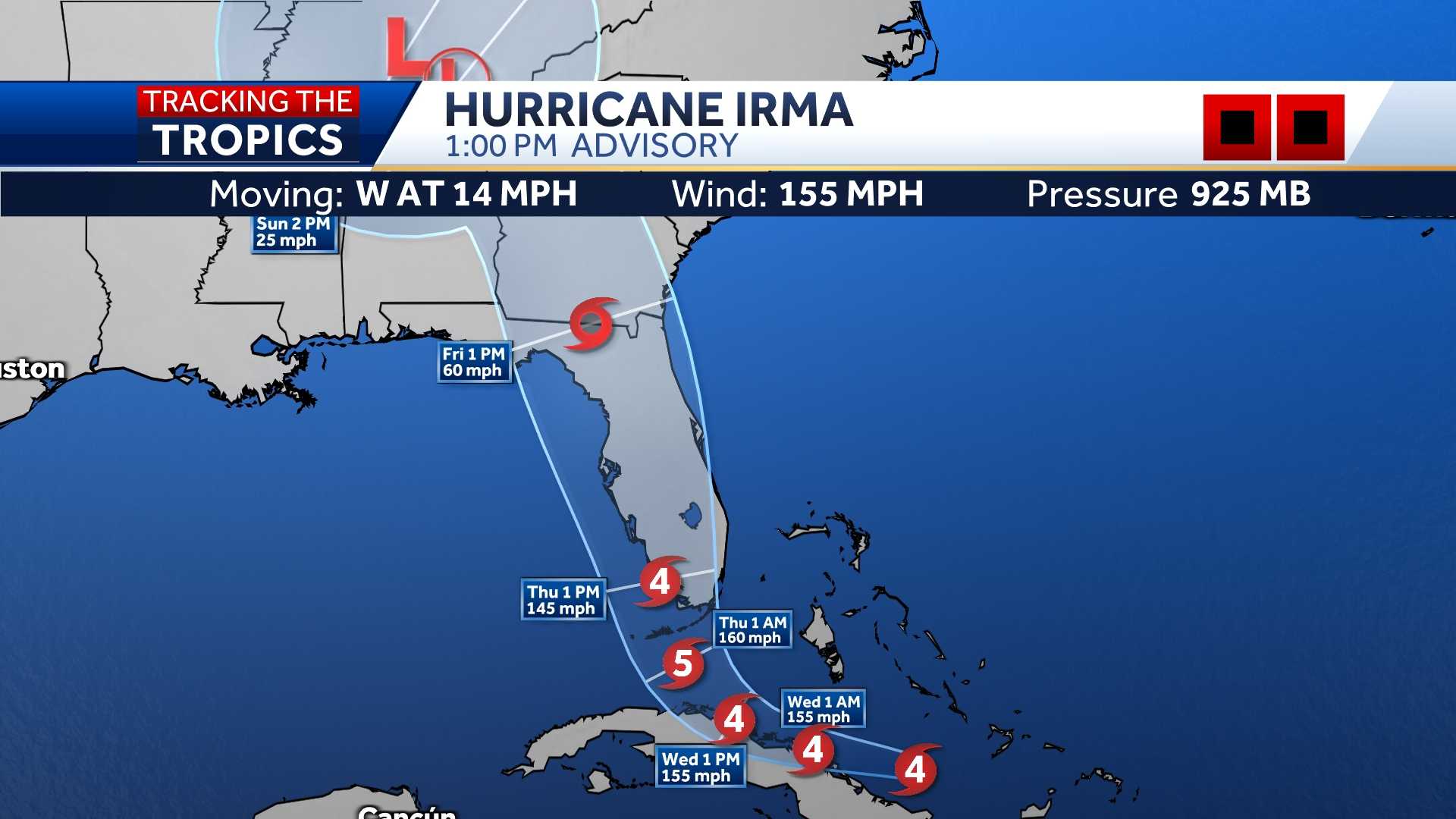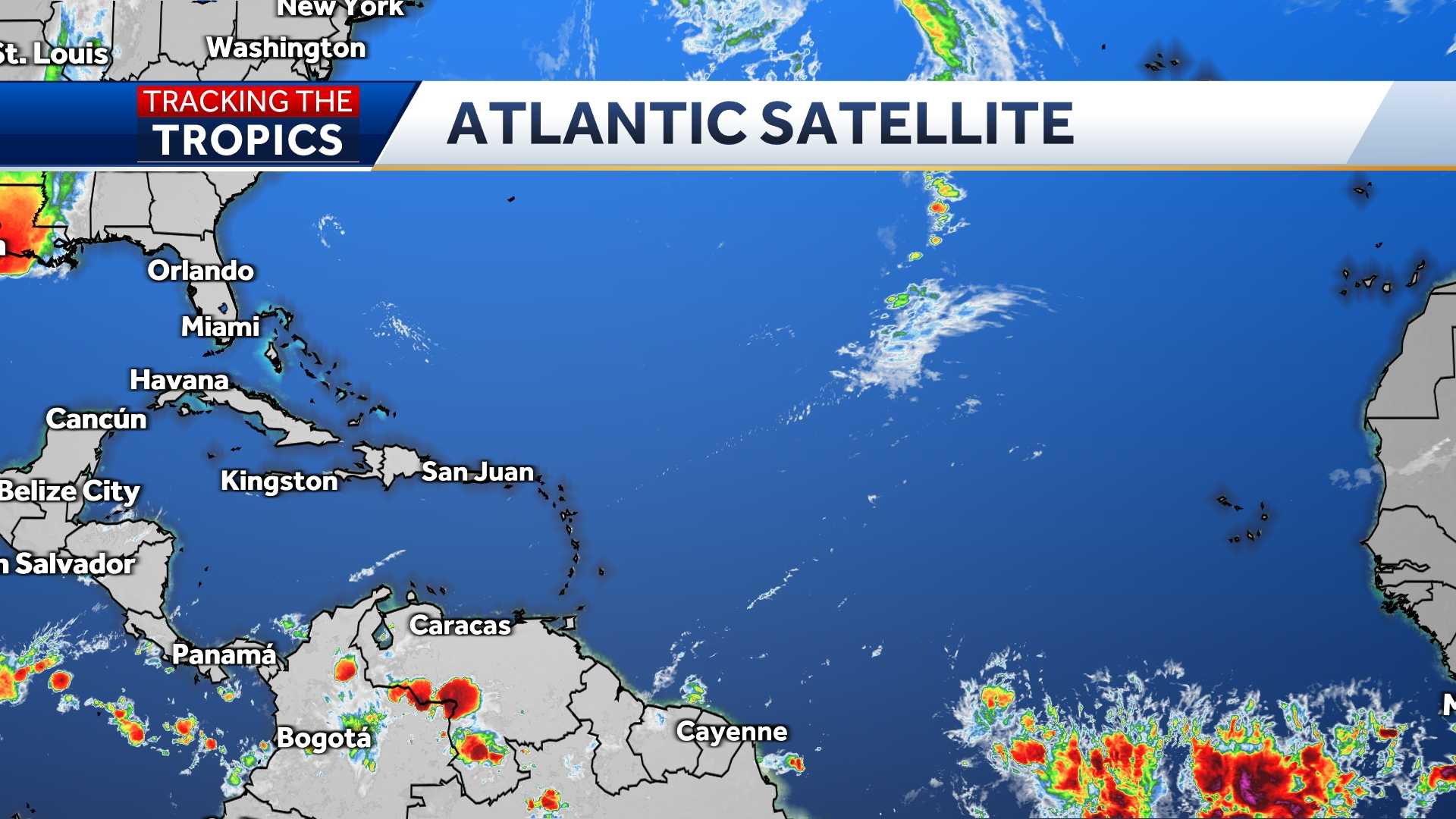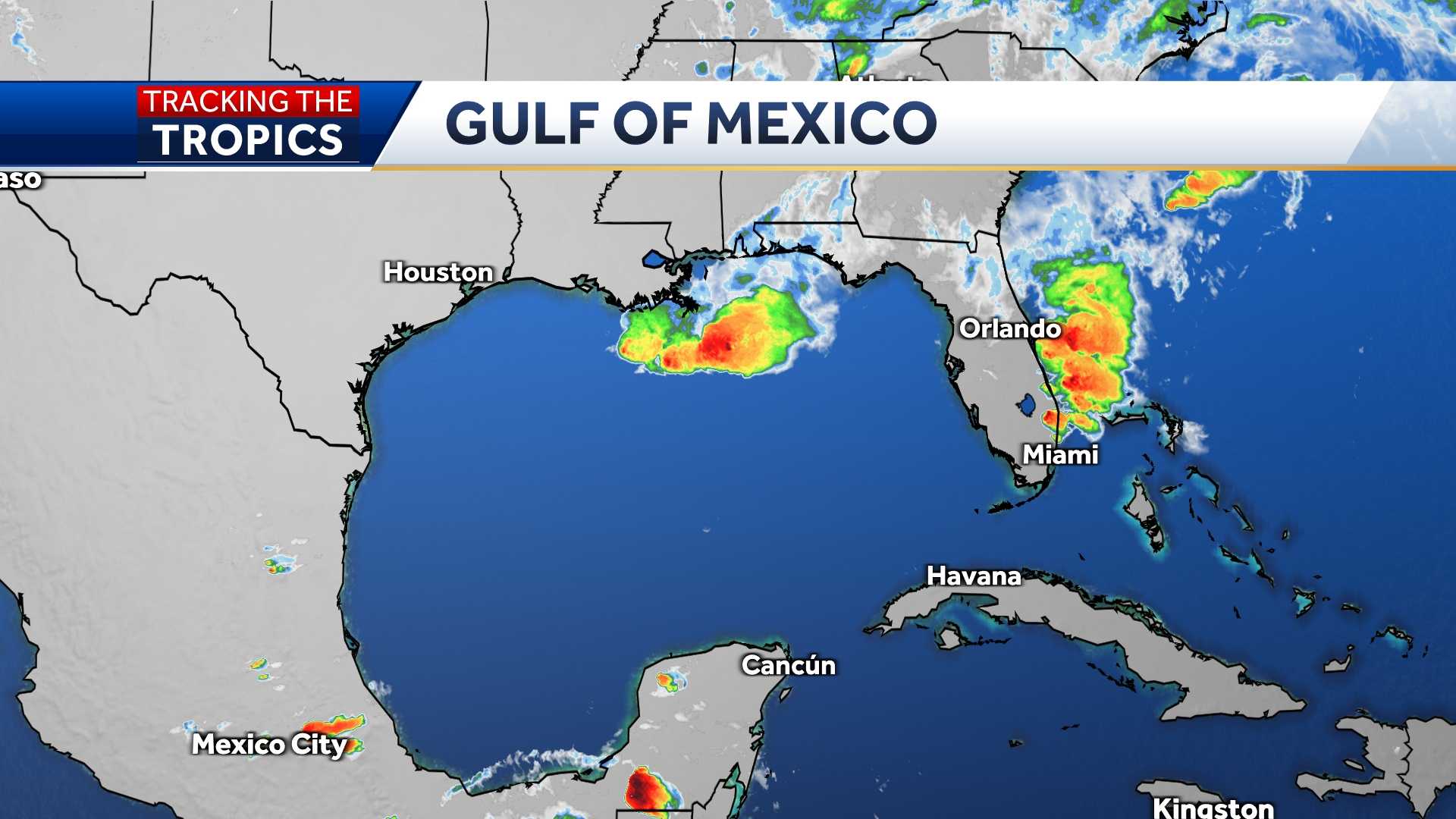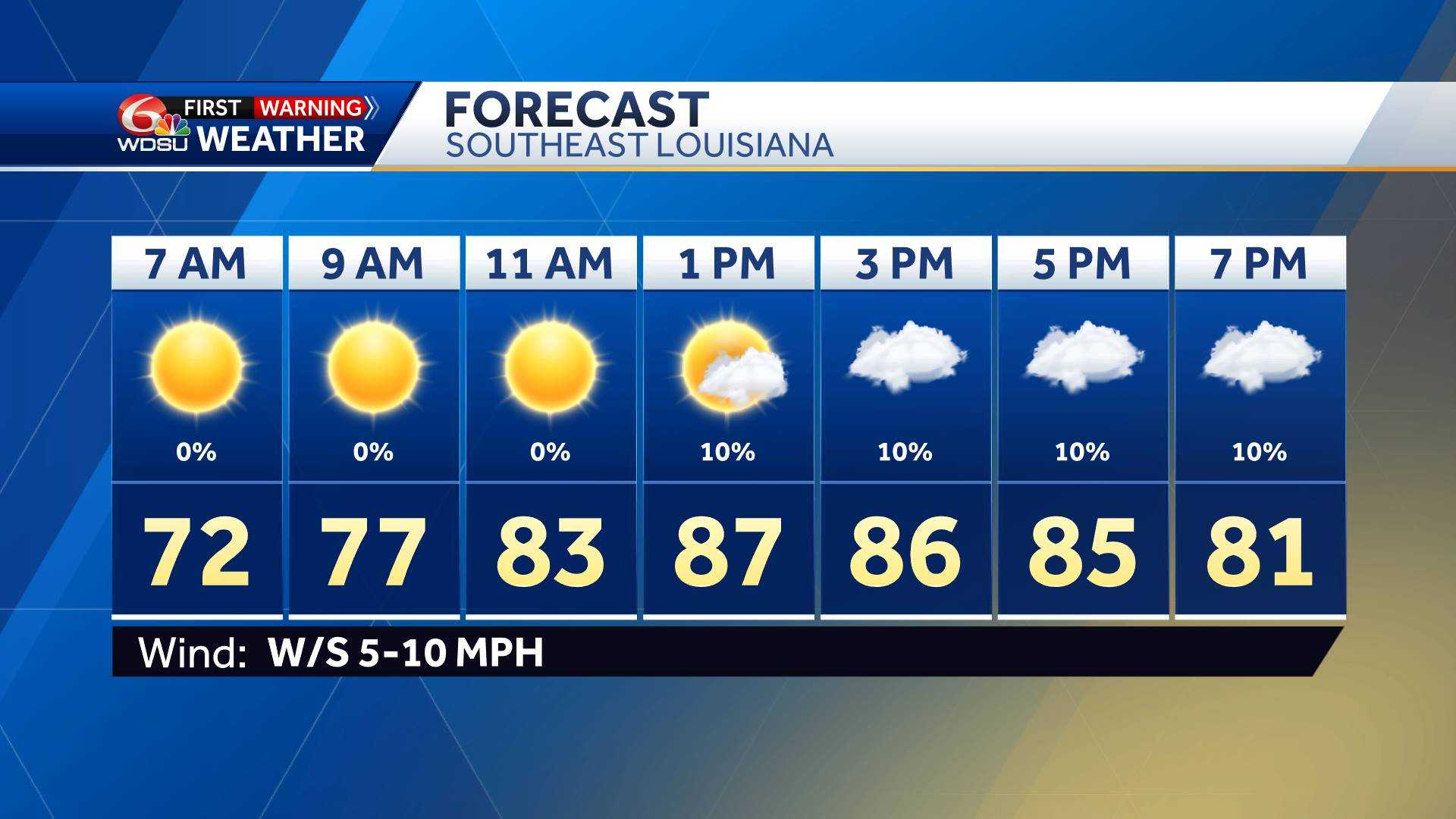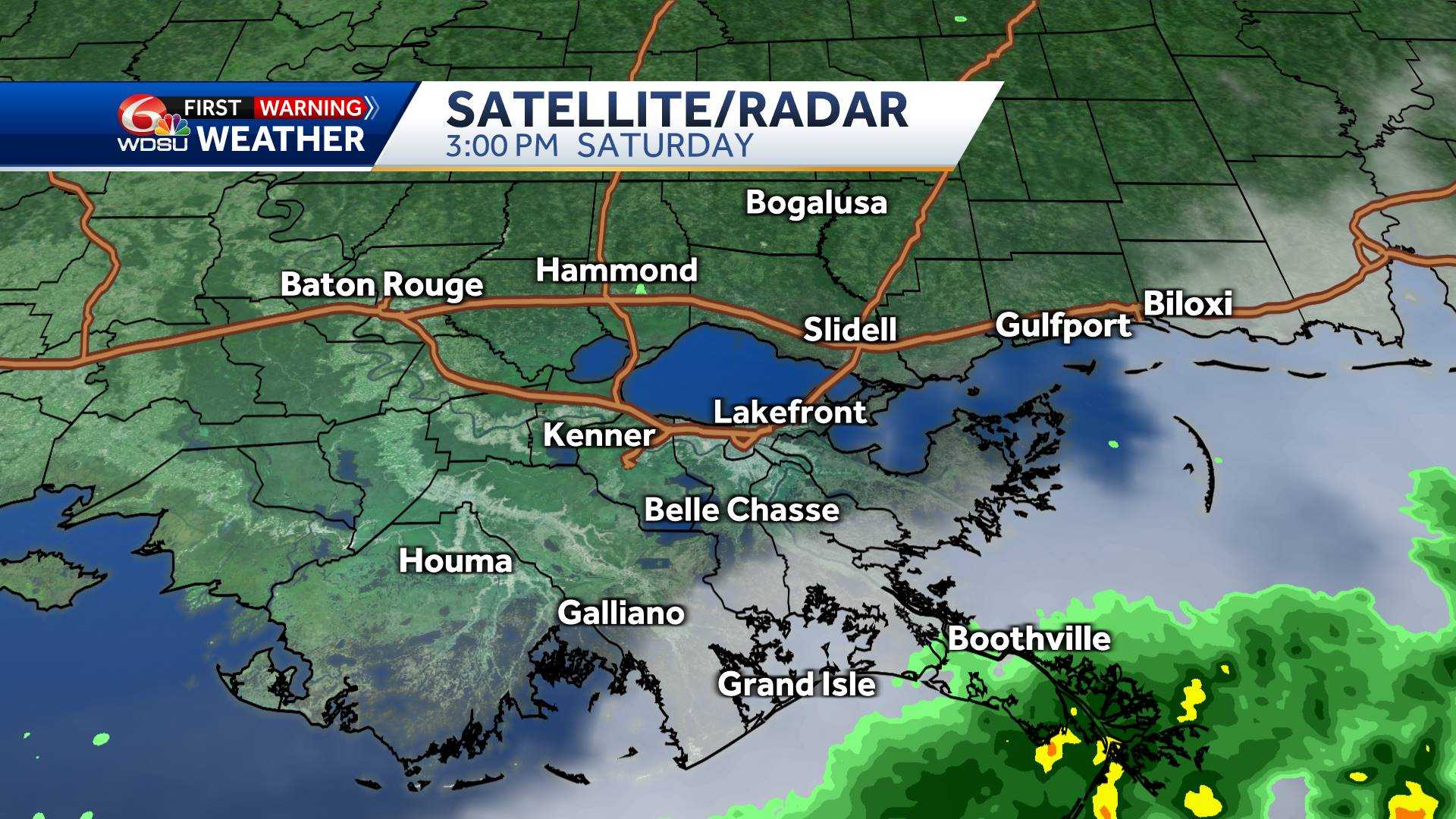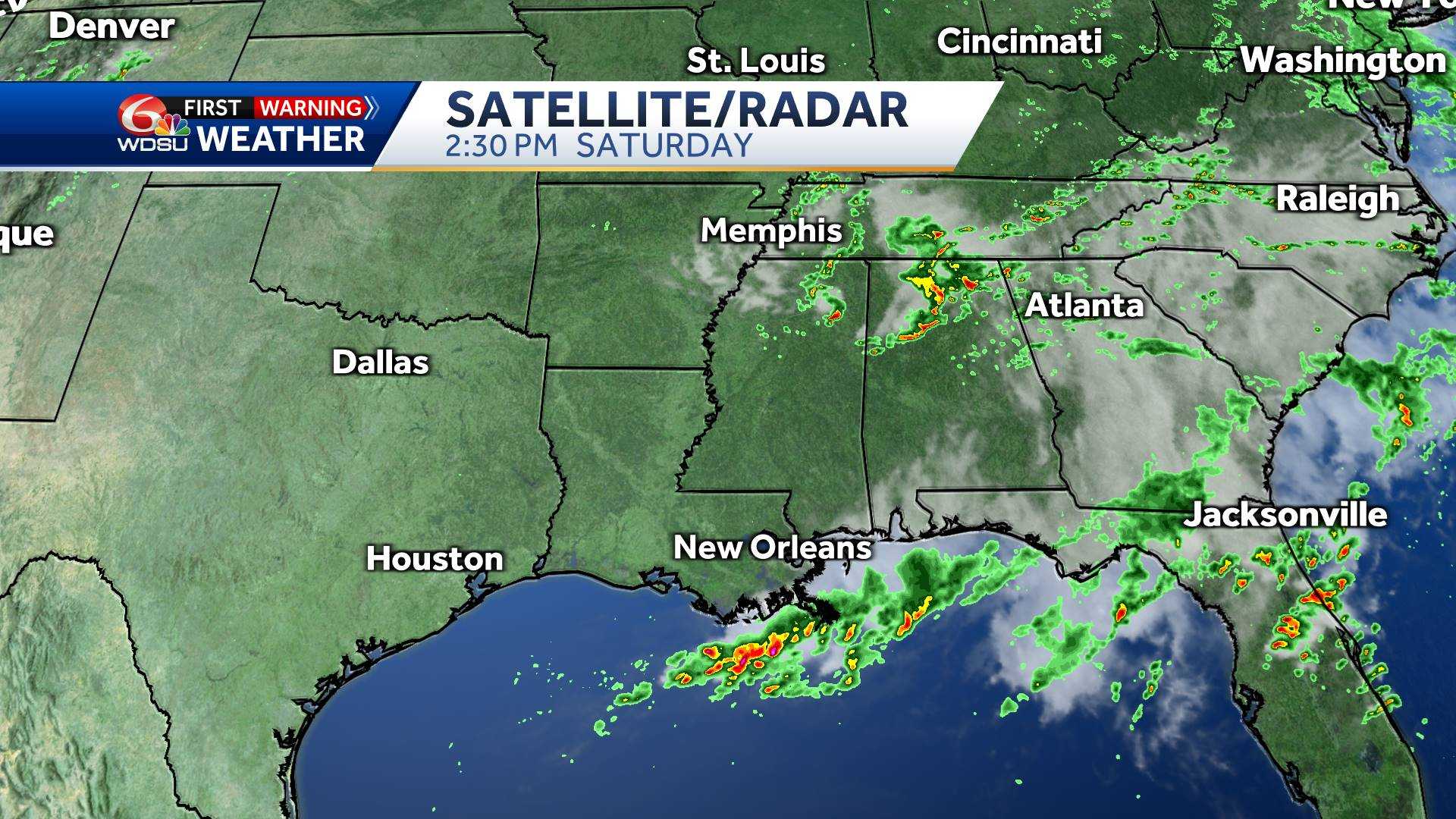World
Interactive storm radar, latest cone and resources
PHN0eWxlPi5lbWJlZC1yYWRhciB7IGNsZWFyOiBib3RoOyBoZWlnaHQ6IDEwMHZ3OyB9IEBtZWRpYSBvbmx5IHNjcmVlbiBhbmQgKG1pbi13aWR0aDogNDEuMjVyZW0pIHsgLmVtYmVkLXJhZGFyIHsgaGVpZ2h0OiA1MDBweDsgfSB9PC9zdHlsZT4KPHNjcmlwdCB0eXBlPSJ0ZXh0L2phdmFzY3JpcHQiIHNyYz0iaHR0cHM6Ly93aWRnZXRzLWx0cy5tZWRpYS53ZWF0aGVyLmNvbS93eHdpZGdldC5sb2FkZXIuanM/Y2lkPSAyODI4NTI4MDEiPjwvc2NyaXB0Pgo8ZGl2IGNsYXNzPSJlbWJlZC1yYWRhciIgIHJvbGU9Im1haW4iICBhcmlhLWxhYmVsPSJSYWRhciBNYXAgZnJvbSBUaGUgV2VhdGhlciBDb21wYW55LCBhbiBJQk0gQnVzaW5lc3MuIFlvdSBtYXkgYmUgYWJsZSB0byBmaW5kIHRoZSBzYW1lIGNvbnRlbnQgaW4gYW5vdGhlciBmb3JtYXQsIG9yIHlvdSBtYXkgYmUgYWJsZSB0byBmaW5kIG1vcmUgaW5mb3JtYXRpb24sIGF0IFdlYXRoZXIuY29tIj4KPHd4LXdpZGdldCB0eXBlPSJtYXAiIGxhdGl0dWRlPSIzMC4yMTA1NjA2IiBsb25naXR1ZGU9Ii03OS4zMjkwNzgiIG1lbnVpdGVtcz0iMDAxNSwwMDAxLDAwMTcsMDAyMSIgbWFwaWQ9IjAwMjIiIG1lbWJlcmlkPSIxMTY5IiB6b29tbGV2ZWw9IjQiIHN0YW5kYWxvbmU9InRydWUiIG9wYWNpdHk9Ii42IiBmdWxsc2NyZWVuPSJ0cnVlIiBoZWFkZXI9ImZhbHNlIiBqcz0ibHRzIiBhbmltYXRlPSJ0cnVlIj48L3d4LXdpZGdldD4KPC9kaXY+Tropical Storm Laura is now moving over Northern Louisiana as of 1 p.m. according to the National Hurricane Center. The hurricane made landfall in southwestern Louisiana as a Category 4 storm. The extremely powerful storm made landfall in Cameron, Louisiana, with 150 mph winds just before 1 a.m. Thursday.It’s the strongest hurricane to make a Louisiana landfall since 1856.The storm continues to push northward but is weakening, with winds at 65 mph as of 1 p.m.It is 65 miles east northeast from Shreveport.The storm grew nearly 87% in power in just 24 hours to a size the National Hurricane Center called “extremely dangerous.” Drawing energy from the warm Gulf of Mexico, the system arrived during high tide as the most powerful hurricane to strike the U.S. so far this year.Louisiana Gov. John Bel Edwards has activated the state’s entire National Guard, expecting widespread devastation across the hurricane’s path.On the forecast track, Laura will move inland across southwestern Louisiana Thursday morning. This motion should continue through the day.Laura will then continue northward across the state through this afternoon. The center of Laura is forecast to move over Arkansas Thursday night, then over the mid-Mississippi Valley on Friday, and the mid-Atlantic states on Saturday.A Tropical Storm Watch has been cancelled for several parishes in southeast Louisiana, including Terrebonne, Lafourche, lower Plaquemines and lower Jefferson.A Storm Surge Warning is in effect from San Luis Pass, Texas to Port Fourchon. APP USERS: Tap here for the full experienceLATEST CONELATEST MODELSATLANTIC SATELLITEGULF SATELLITE12-HOUR FORECAST7-DAY FORECASTSATELLITE VIEW 1SATELLITE VIEW 2More from WDSUCLICK HERE for the latest forecast and videocastGet Ready Now: What to include in a hurricane kitWhat to know about evacuation plans, contraflow in LouisianaHow to prepare your pets for hurricane seasonHere is a list of parish and county emergency contact information Resources for those with disabilities, functional needs ahead of tropical weatherFrom watch to warning, know your hurricane termsIt is important to know the difference between the severity of storms during Hurricane Season.Below is an explanation so you properly plan for an emergency in the event of a natural disaster.Tropical storms and hurricanes each have two descriptors, a watch and a warning. A Watch means tropical storm or hurricane conditions are possible in the “watch area.” A watch is issued up to 48 hours in advance of the onset of tropical storm-force winds.A Warning is issued when a tropical storm or hurricane conditions are expected in the “warning area.” A Warning is issued up to 36 hours in advance of the onset of tropical storm-force winds.Hurricane preparedness activities become difficult once winds reach tropical storm-force. Watches and Warnings are issued in advance of the onset of tropical storm force winds (39-73 mph)How we rate hurricanesThe Saffir-Simpson Hurricane Wind Scale is a 1 to 5 rating based on a hurricane’s sustained winds, according to the National Oceanic and Atmospheric Administration. Category 3 and above are considered major hurricanes, but precautions should still be taken for Category 1 and 2 storms. NOAA and Weather.gov put together the following information that explains how each storm category is defined and what type of damage is expected.Tropical DepressionA tropical depression is a tropical cyclone that has maximum sustained surface winds (one-minute average) of 38 mph or less.Tropical StormA tropical storm is a tropical cyclone that has maximum sustained surface winds ranging from 39-73 mph.Category 1: Sustained winds of 74-95 mphVery dangerous winds will produce some damage: Well-constructed frame homes could have damage to roof, shingles, vinyl siding and gutters. Large branches of trees will snap and shallowly rooted trees may be toppled. Extensive damage to power lines and poles likely will result in power outages that could last a few to several days.Category 2: 96-110 mphExtremely dangerous winds will cause extensive damage: Well-constructed frame homes could sustain major roof and siding damage. Many shallowly rooted trees will be snapped or uprooted and block numerous roads. Near-total power loss is expected with outages that could last from several days to weeks.Category 3: 111-129 mph (Major Hurricane)Devastating damage will occur: Well-built framed homes may incur major damage or removal of roof decking and gable ends. Many trees will be snapped or uprooted, blocking numerous roads. Electricity and water will be unavailable for several days to weeks after the storm passes.Category 4: 130-156 mph (Major Hurricane)Catastrophic damage will occur: Well-built framed homes can sustain severe damage with loss of most of the roof structure and/or some exterior walls. Most trees will be snapped or uprooted and power poles downed. Fallen trees and power poles will isolate residential areas. Power outages will last weeks to possibly months. Most of the area will be uninhabitable for weeks or months.Category 5: 157 mph or higher (Major Hurricane)Catastrophic damage will occur: A high percentage of framed homes will be destroyed, with total roof failure and wall collapse. Fallen trees and power poles will isolate residential areas. Power outages will last for weeks to possibly months. Most of the area will be uninhabitable for weeks or months.
Tropical Storm Laura is now moving over Northern Louisiana as of 1 p.m. according to the National Hurricane Center.
The hurricane made landfall in southwestern Louisiana as a Category 4 storm. The extremely powerful storm made landfall in Cameron, Louisiana, with 150 mph winds just before 1 a.m. Thursday.
It’s the strongest hurricane to make a Louisiana landfall since 1856.
The storm continues to push northward but is weakening, with winds at 65 mph as of 1 p.m.
It is 65 miles east northeast from Shreveport.
The storm grew nearly 87% in power in just 24 hours to a size the National Hurricane Center called “extremely dangerous.” Drawing energy from the warm Gulf of Mexico, the system arrived during high tide as the most powerful hurricane to strike the U.S. so far this year.
Louisiana Gov. John Bel Edwards has activated the state’s entire National Guard, expecting widespread devastation across the hurricane’s path.
On the forecast track, Laura will move inland across southwestern Louisiana Thursday morning. This motion should continue through the day.
Laura will then continue northward across the state through this afternoon. The center of Laura is forecast to move over Arkansas Thursday night, then over the mid-Mississippi Valley on Friday, and the mid-Atlantic states on Saturday.
A Tropical Storm Watch has been cancelled for several parishes in southeast Louisiana, including Terrebonne, Lafourche, lower Plaquemines and lower Jefferson.
A Storm Surge Warning is in effect from San Luis Pass, Texas to Port Fourchon.
APP USERS: Tap here for the full experience
LATEST CONE
LATEST MODELS
ATLANTIC SATELLITE
GULF SATELLITE
12-HOUR FORECAST
7-DAY FORECAST
SATELLITE VIEW 1
SATELLITE VIEW 2
More from WDSU
From watch to warning, know your hurricane terms
It is important to know the difference between the severity of storms during Hurricane Season.
Below is an explanation so you properly plan for an emergency in the event of a natural disaster.
Tropical storms and hurricanes each have two descriptors, a watch and a warning. A Watch means tropical storm or hurricane conditions are possible in the “watch area.” A watch is issued up to 48 hours in advance of the onset of tropical storm-force winds.
A Warning is issued when a tropical storm or hurricane conditions are expected in the “warning area.” A Warning is issued up to 36 hours in advance of the onset of tropical storm-force winds.
Hurricane preparedness activities become difficult once winds reach tropical storm-force. Watches and Warnings are issued in advance of the onset of tropical storm force winds (39-73 mph)
How we rate hurricanes
The Saffir-Simpson Hurricane Wind Scale is a 1 to 5 rating based on a hurricane’s sustained winds, according to the National Oceanic and Atmospheric Administration. Category 3 and above are considered major hurricanes, but precautions should still be taken for Category 1 and 2 storms. NOAA and Weather.gov put together the following information that explains how each storm category is defined and what type of damage is expected.
Tropical Depression
A tropical depression is a tropical cyclone that has maximum sustained surface winds (one-minute average) of 38 mph or less.
Tropical Storm
A tropical storm is a tropical cyclone that has maximum sustained surface winds ranging from 39-73 mph.
Category 1: Sustained winds of 74-95 mph
Very dangerous winds will produce some damage: Well-constructed frame homes could have damage to roof, shingles, vinyl siding and gutters. Large branches of trees will snap and shallowly rooted trees may be toppled. Extensive damage to power lines and poles likely will result in power outages that could last a few to several days.
Category 2: 96-110 mph
Extremely dangerous winds will cause extensive damage: Well-constructed frame homes could sustain major roof and siding damage. Many shallowly rooted trees will be snapped or uprooted and block numerous roads. Near-total power loss is expected with outages that could last from several days to weeks.
Category 3: 111-129 mph (Major Hurricane)
Devastating damage will occur: Well-built framed homes may incur major damage or removal of roof decking and gable ends. Many trees will be snapped or uprooted, blocking numerous roads. Electricity and water will be unavailable for several days to weeks after the storm passes.
Category 4: 130-156 mph (Major Hurricane)
Catastrophic damage will occur: Well-built framed homes can sustain severe damage with loss of most of the roof structure and/or some exterior walls. Most trees will be snapped or uprooted and power poles downed. Fallen trees and power poles will isolate residential areas. Power outages will last weeks to possibly months. Most of the area will be uninhabitable for weeks or months.
Category 5: 157 mph or higher (Major Hurricane)
Catastrophic damage will occur: A high percentage of framed homes will be destroyed, with total roof failure and wall collapse. Fallen trees and power poles will isolate residential areas. Power outages will last for weeks to possibly months. Most of the area will be uninhabitable for weeks or months.

Proud web evangelist. Travel ninja. Creator. Freelance food nerd. Passionate bacon fanatic.
World
Vladimir Putin has delayed the invasion of Ukraine at least three times.
Putin has repeatedly consulted with Russian Chief of the General Staff Valery Gerasimov and Defense Minister Sergei Shoigu about the invasion, Europa Press told Ukraine’s chief intelligence director Vadim Skibitsky.
According to Skibitsky, it was the Russian Federal Security Service (FSB), which is responsible for counterintelligence and espionage work, that put pressure on Gerasimov and other military agencies to agree to launch an offensive. .
However, according to the Ukrainian intelligence services, the FSB considered that by the end of February sufficient preparations had already been made to guarantee the success of the Russian Armed Forces in a lightning invasion.
However, according to Kyiv, the Russian General Staff provided the Russian troops with supplies and ammunition for only three days, hoping that the offensive would be swift and immediately successful.
The head of Ukrainian intelligence also emphasized the cooperation of local residents, who always provided the Ukrainian authorities with up-to-date information about the Russian army, such as the number of soldiers or the exact location of troops.
The military offensive launched on February 24 by Russia in Ukraine caused at least 6.5 million internally displaced persons and more than 7.8 million refugees to European countries, which is why the UN classifies this migration crisis as the worst in Europe since World War II (1939-1945). gg.). ).
At the moment, 17.7 million Ukrainians are in need of humanitarian assistance, and 9.3 million are in need of food aid and housing.
The UN has presented as confirmed 6,755 civilian deaths and 10,607 wounded since the beginning of the war, stressing that these figures are much lower than the real ones.

Proud web evangelist. Travel ninja. Creator. Freelance food nerd. Passionate bacon fanatic.
World
Life sentence for former Swedish official for spying for Russia
A Stockholm court on Monday sentenced a former Swedish intelligence officer to life in prison for spying for Russia, and his brother to at least 12 years in prison. In what is considered one of the most serious cases in Swedish counterintelligence history, much of the trial took place behind closed doors in the name of national security.
According to the prosecution, it was Russian military intelligence, the GRU, who took advantage of the information provided by the two brothers between 2011 and their arrest at the end of 2021.
Peyman Kia, 42, has held many senior positions in the Swedish security apparatus, including the army and his country’s intelligence services (Säpo). His younger brother, Payam, 35, is accused of “participating in the planning” of the plot and of “managing contacts with Russia and the GRU, including passing on information and receiving financial rewards.”
Both men deny the charges, and their lawyers have demanded an acquittal on charges of “aggravated espionage,” according to the Swedish news agency TT.
The trial coincides with another case of alleged Russian espionage, with the arrest of the Russian-born couple in late November in a suburb of Stockholm by a police team arriving at dawn in a Blackhawk helicopter.
Research website Bellingcat identified them as Sergei Skvortsov and Elena Kulkova. The couple allegedly acted as sleeper agents for Moscow, having moved to Sweden in the late 1990s.
According to Swedish press reports, the couple ran companies specializing in the import and export of electronic components and industrial technology.
The man was again detained at the end of November for “illegal intelligence activities.” His partner, suspected of being an accomplice, has been released but remains under investigation.
According to Swedish authorities, the arrests are not related to the trial of the Kia brothers.

Proud web evangelist. Travel ninja. Creator. Freelance food nerd. Passionate bacon fanatic.
World
Ukraine admitted that Russia may announce a general mobilization
“They can strengthen their positions. We understand that this can happen. At the same time, we do not rule out that they will announce a general mobilization,” Danilov said in an interview with the Ukrainska Pravda online publication.
Danilov believed that this mobilization would also be convened “to exterminate as many as possible” of Russian citizens, so that “they would no longer have any problems on their territory.”
In this sense, Danilov also reminded that Russia has not given up on securing control over Kyiv or the idea of the complete “destruction” of Ukraine. “We have to be ready for anything,” he said.
“I want everyone to understand that [os russos] they have not given up on the idea of destroying our nation. If they don’t have Kyiv in their hands, they won’t have anything in their hands, we must understand this,” continued Danilov, who also did not rule out that a new Russian offensive would come from “Belarus and other territories.” .
As such, Danilov praised the decision of many of its residents who chose to stay in the Ukrainian capital when the war broke out in order to defend the city.
“They expected that there would be panic, that people would run, that there would be nothing to protect Kyiv,” he added, referring to President Volodymyr Zelensky.
The military offensive launched on February 24 by Russia in Ukraine caused at least 6.5 million internally displaced persons and more than 7.8 million refugees to European countries, which is why the UN classifies this migration crisis as the worst in Europe since World War II (1939-1945). gg.). ).
At the moment, 17.7 million Ukrainians are in need of humanitarian assistance, and 9.3 million are in need of food aid and housing.
The Russian invasion, justified by Russian President Vladimir Putin on the need to “denazify” and demilitarize Ukraine for Russia’s security, was condemned by the international community at large, which responded by sending weapons to Ukraine and imposing political and economic sanctions on Russia.
The UN has presented as confirmed 6,755 civilian deaths and 10,607 wounded since the beginning of the war, stressing that these figures are much lower than the real ones.

Proud web evangelist. Travel ninja. Creator. Freelance food nerd. Passionate bacon fanatic.
-
World4 years ago
The Gabby Petito case. Brian Landry set up camp with his family after his girlfriend disappeared
-
Top News5 years ago
Tristan Thompson reacts to Khloé Kardashian’s new appearance
-
Economy2 years ago
Everything has been delivered. 10 Bugatti Centodieci are already in the hands of the owners
-
Top News5 years ago
TLC ‘sMothered’ recap: ‘Party curled up,’ boyfriend problem
-
Top News5 years ago
Alex Cooper hosts a solo podcast
-
Top News5 years ago
2021 Ford Bronco price: Here’s how much the 2-door and 4-door cost
-
Tech5 years ago
Fall Guys is supplying out a legendary costume and Kudos as an apology present
-
Top News5 years ago
Chiara de Blasio was ‘very cold’ during the arrest of the protest: witness

